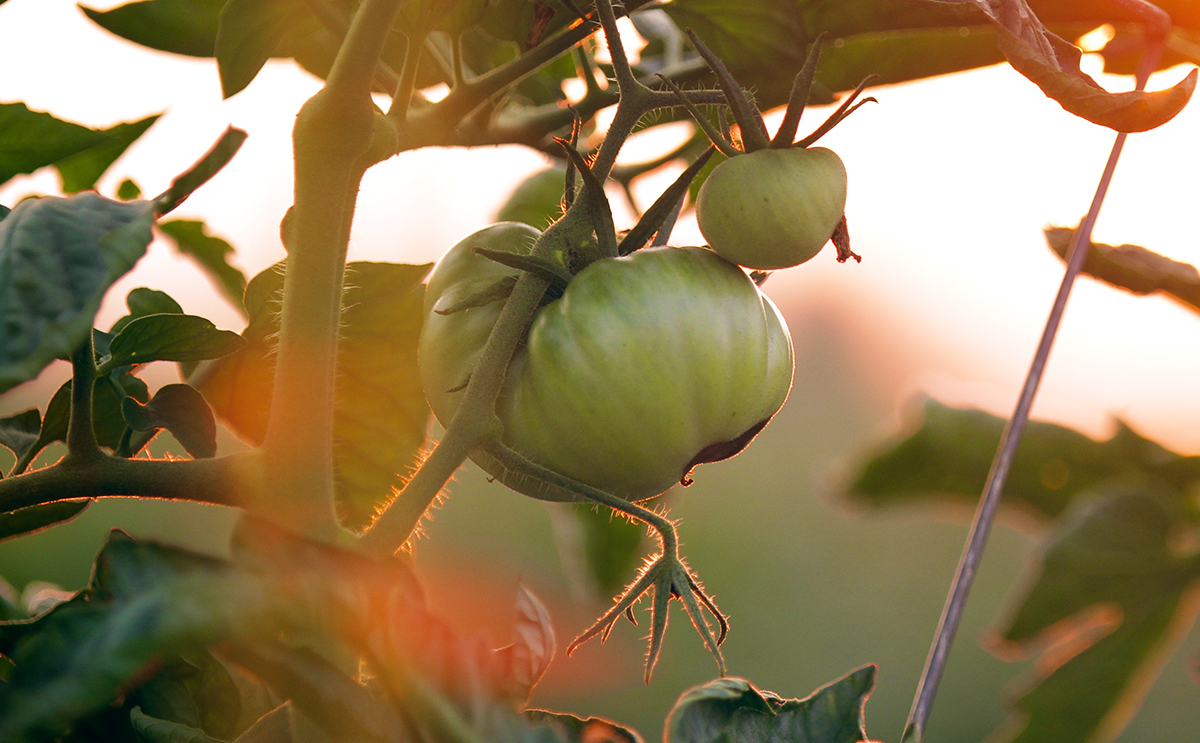How to Prevent Tomato Plant Problems

High heat and humidity this time of year can mean only one thing – tomato problems. Mid to late July seems to be the time that diseases can run rampant in tomato plants. Tomato blight and blossom-end rot are two major diseases that can affect your tomato crop.
There are different forms of blight, but if you’ve noticed brown or otherwise discolored lower leaves on your tomato plant it might have early blight. Early blight over-winters in the soil and comes in contact with lower leaves when water splashes up from rain or irrigation. Tomato plants with early blight are susceptible to under-producing and their leaves may drop, leaving fruit vulnerable to sunscald.
Spraying the tomato plant leaves with copper fungicide when you first notice a blight problem will help to slow the fungus growth, but you’ll need to keep spraying every seven to ten days for as long as the blight persists. To prevent blight from happening in the first place, always mulch around the base of your tomato plants. Also leave enough space so that there’s good air movement between plants. When watering, don’t water over the top of the leaves or tomatoes themselves. You could also consider planting basil nearby, as it naturally repels aphids, whiteflies, tomato hornworms, and mosquitos.
Another common problem with tomato plants is blossom-end rot. This type of rot starts with a depressed, water-soaked area located on the blossom end of the fruit. As the spot gets larger it turns dark. A sunken black hole on the end of a tomato is a sure sign of this problem, which often results from a calcium deficiency. Blossom-end rot can also be caused by over fertilizing and thus creating an abundance of nitrogen in the soil.
Spraying your tomato plants with a product called Rot-Stop will increase calcium levels and help control the problem. According to the Old Farmer’s Almanac, adding crushed eggshells, gypsum, or bone meal to the transplant hole will fortify calcium intake. Promote consistent moisture levels with mulching or irrigation, and resist planting when soil temperatures are too cold for the plant to take up nutrients.
As always, if you have any questions make sure to contact our friendly, plant-loving nursery professionals for help.




